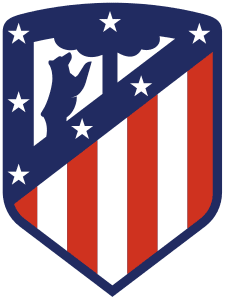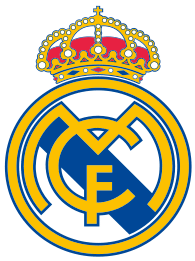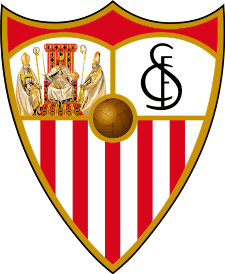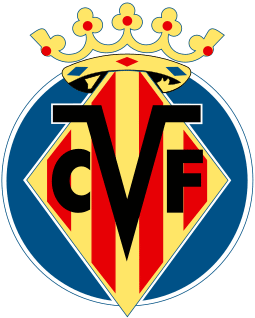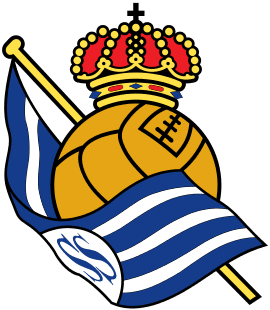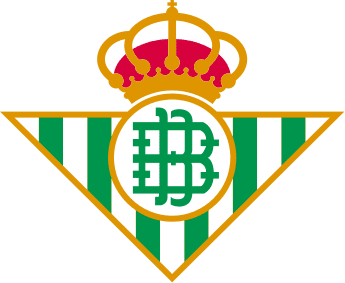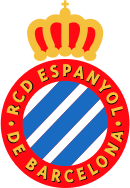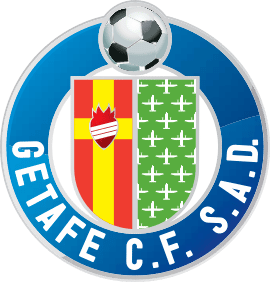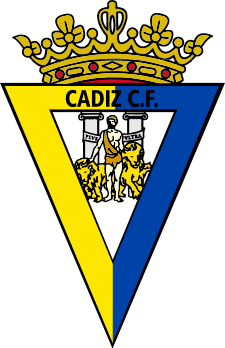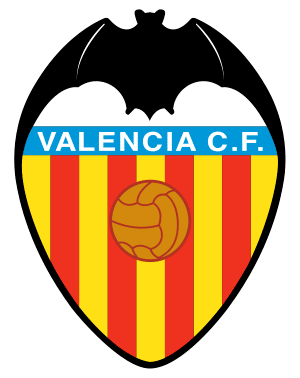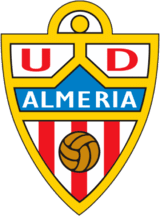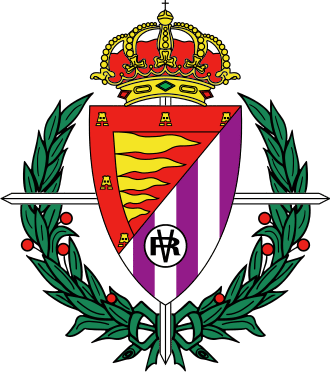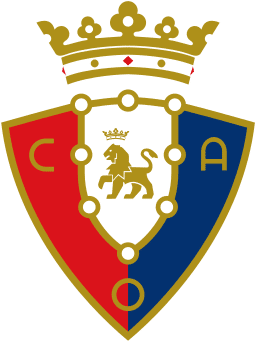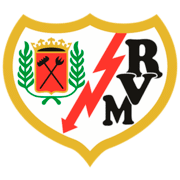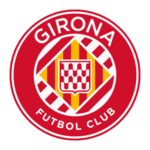CD Tenerife Tryouts & Club Guide: History, Stadium, Players, and More!

Welcome!
Discover the world of soccer with fcscout.com, your go-to scout for club tryout information, club guides, player profiles, in-depth product reviews, and more. We’re dedicated to exploring and revealing the best in each domain, empowering you with knowledge to make informed choices.
Thank you for being here!
Hi, I’m Carlos! A coach, sports enthusiast, and the founder of FCScout.com.
I fell in love with the game at a very young age like many of you. I’ve been following and playing soccer for many years.
Throughout my career, I always enjoyed helping soccer players chase their dreams, which is why I started this website. I wanted to reach a larger audience outside of my local area and fcscout.com was born.
This website is a platform I will be using to update club pages on any tryouts, stadiums, players, tech, and more from clubs around the world. I also create free recruitment profiles for players looking to have that extra competitive edge when reaching out to clubs.
That’s it. That’s my pitch for you to stick around (or browse the site as you please).
This is already too much text for a “see more” drop-down button thing. If you want to reach out to me, head on over to my contact page 🙂

Club Deportivo Tenerife, commonly referred to as Tenerife, is a Spanish professional football club in Tenerife, Spain. The club competes in the Segunda División, the second tier of Spanish football.
CD Tenerife Youth Development System
CD Tenerife and the International Football Academy (IFA) signed an outstanding agreement to launch the CD Tenerife Academy in China. It carries out its work with boys and girls between the ages of four and 18, in the city of Shenzhen. The President of the blue and white club, Miguel Concepción, and the General Director of IFA, Roberto Mickel, signed the aforementioned agreement at the blue and white club’s headquarters.
The agreement reflects “the necessary collaboration for the creation, start-up and development of the CD Tenerife Academy in China, without prejudice to the fact that other projects of interest to both parties can be carried out”. The CD Tenerife Academy in China begins its work with boys and girls between the ages of four and 18, in the city of Shenzhen, in the province of Canton.
Hand in hand with Roberto Mickel and his entire team in the Asian giant, the agreement signed a few months ago begins to be developed. Initially, the first steps have been aimed at creating the own structure of the modernization academy and promoting the CD Tenerife methodology and the values of competition but with fair play.

CD Tenerife and IFA have placed special interest in “ensuring fair play and education in personal and collective values”. In this way, in Shenzhen, with the CD Tenerife shield and the white and blue colors that represent the island entity, training methods developed in the grassroots area directed by Sesé Rivero will be applied.
Months later, CD Tenerife took another step in the internationalization of its brand and launched its second Academy, specifically in Panama. Both parties agreed to work on attracting and training young talent, as well as creating a group of technicians who can be trained according to the criteria set by CD Tenerife.
With the remembered and eternal Rommel Fernández always in memory, both the blue and white top leader and the CEO of the CD Tenerife Academy in Panama, Isidro Siverio, valued the new path started, convinced that it will be a close, lasting, and fruitful collaboration. The internationalization of CD Tenerife continues to develop on other continents, taking the club’s brand and methodology to different countries.

Under the coordination of former Argentine soccer player Marcelo Leonardo Ojeda, the Tenerife entity has launched its third International Academy in Buenos Aires. The insular club has strong roots in the South American country in its almost hundred-year history, with great world football figures defending the colors of CD Tenerife such as Fernando Redondo, Oscar Dertycia, Juan Antonio Pizzi, Diego Latorre or coach Jorge Valdano, among all.
Marcelo Ojeda, who was defending the Tenerife goal in 138 official matches between 1994 and 2000, will be in charge of launching a project based on the interdisciplinary methodology of the youth soccer area of CD Tenerife. The Academy in Argentina will have training sessions focused on the integral growth of the soccer player, aimed at categories between 12 and 18 years of age.
Contacts
CD Tenerife Academy in China
CD Tenerife Academy in Panama
academiacdtenerifepanama@gmail.com
CD Tenerife Academy in Argentina
CD Tenerife Youth Teams
The CD Tenerife Academy is composed of numerous teams that make up the Club’s grassroots football. The lower categories include Juvenil, Cadete, Infantil, Alevín, Benjamín, and Prebenjamín, in which the young footballers grow as players and people, with the support of the group of coaches who prioritize the development of the player, without obviating the competitive aspect. Game results can be found by clicking here.

CD Tenerife Recruitment Trials
At the time of this writing, there are no official publications on CD Tenerife trials. Please come back at a later date while we monitor this club or click here to visit their official youth academy news page for the latest updates.
EXPLORE MORE CLUBS!
Explore more professional clubs by continent.
CD Tenerife History
Club Deportivo Tenerife was originally established in 1912 under the name Sporting Club Tenerife. At that time, the club was the result of a merger of two or more of the island’s earlier football clubs. In 1922, the club became known as Club Deportivo Tenerife after undergoing a name change. The first season of La Liga was played in 1928, but the club didn’t make it out of the regional levels until 1953, when it was promoted to the Segunda División. It debuted in the Primera División in 1961, but was demoted the following season. For the next 27 years, it competed almost exclusively in the Segunda División, although it did spend three seasons in the Tercera División and six, including five in a row, in the newly created Segunda División B. It first reached the Primera División in 1961, but was immediately demoted (in 1978).
Tenerife F.C. was demoted to the third level for the second time in 1985, the same year that Javier Pérez was elected president of the club. This year, the team won promotion to the second level, and then two years later, they won the promotion playoff against Real Betis, which allowed them to return to the first level (4–1 on aggregate).
The Argentine took over as manager of the club in 1991, and during his tenure there, he was instrumental in Barcelona’s victory against Real Madrid in the league championship playoffs, which allowed Barcelona to win back-to-back titles for the first time in club history. The team from the Canary Islands only narrowly avoided relegation in their inaugural campaign, but they would go on to finish in a best-ever fifth position the following year. They would eventually reach the round of 16 in the subsequent UEFA Cup, but they would be eliminated by Juventus 2–4 on aggregate.
In 1995, the German Jupp Heynckes was hired as the head coach of Tenerife, and under his direction, the team advanced to the quarterfinals of the Copa del Rey competition and finished fifth overall. The islanders fared better in the 1996–1997 UEFA Cup, making it all the way to the semifinals after claiming victories over Maccabi Tel Aviv, Lazio, Feyenoord, and Brndby (the winner coming late in extra time from an Antonio Mata free-kick). However, they were eliminated by eventual champions Schalke 04 in the semifinals.
After that, Tenerife fell into a downward spiral that, in the end, resulted in the club being demoted to the “silver category” in 1999 and prompted a number of management changes within the organization. In 2001, the club was once again elevated to the next level, this time under the direction of Rafael Bentez, who then went on to accept the position of manager at Valencia. Hugo Morales scored the game-winning goal in the season’s last encounter to ensure the team’s advancement.
Pepe Mel was hired as the new trainer, but Tenerife’s season in the first division never got off the ground. This was due to a heavy defeat at home at the hands of Barcelona, which resulted in the manager losing his job. Former member of the Spain national team Javier Clemente took over as manager, although his efforts were ultimately unsuccessful in preventing the club’s rapid demotion.
In the years that followed, Tenerife was plagued by severe economic difficulties, and the island owed more than 40 million euros. Miguel Concepción took over as President after the resignation of Victor Perez de Ascanio, who had succeeded President Pérez. Miguel Concepción negotiated with local politicians and businessmen, and he also established a construction company as a subsidiary of the side business. Victor Perez de Ascanio resigned due to poor management, and Miguel Concepción took over as President.
Tenerife won 1-0 away at Girona on June 13, 2009, which paved the way for the club to return to the top division after a seven-year sabbatical. The following year, despite the fact that the team survived until the very last round of the competition, they were once again demoted after suffering a loss (0–1) away at third-placed Valencia.
Tenerife was demoted to the third level after a 24-year absence and suffered another relegation, which resulted in the club’s head coach being replaced three times during the 2010–2011 season. After defeating Hospitalet in the promotion play-off, the club was able to return to the second level on June 2, 2013, under the leadership of lvaro Cervera (3–2 on aggregate).
CD Tenerife Stadium
Estadio Heliodoro Rodriguez Lopez or Estadio de Tenerife is a football stadium in Santa Cruz de Tenerife, Tenerife, Canary Islands, Spain. It serves as the primary playing venue for CD Tenerife. It is the second-biggest stadium in the Canary Islands, with a capacity of 22,824 seats, making it the 27th-largest stadium in Spain overall. Due to its dimensions of 107 meters in length and 70 meters in width, it is the stadium in the Canary Islands that has the playing field area that is the most expansive.







